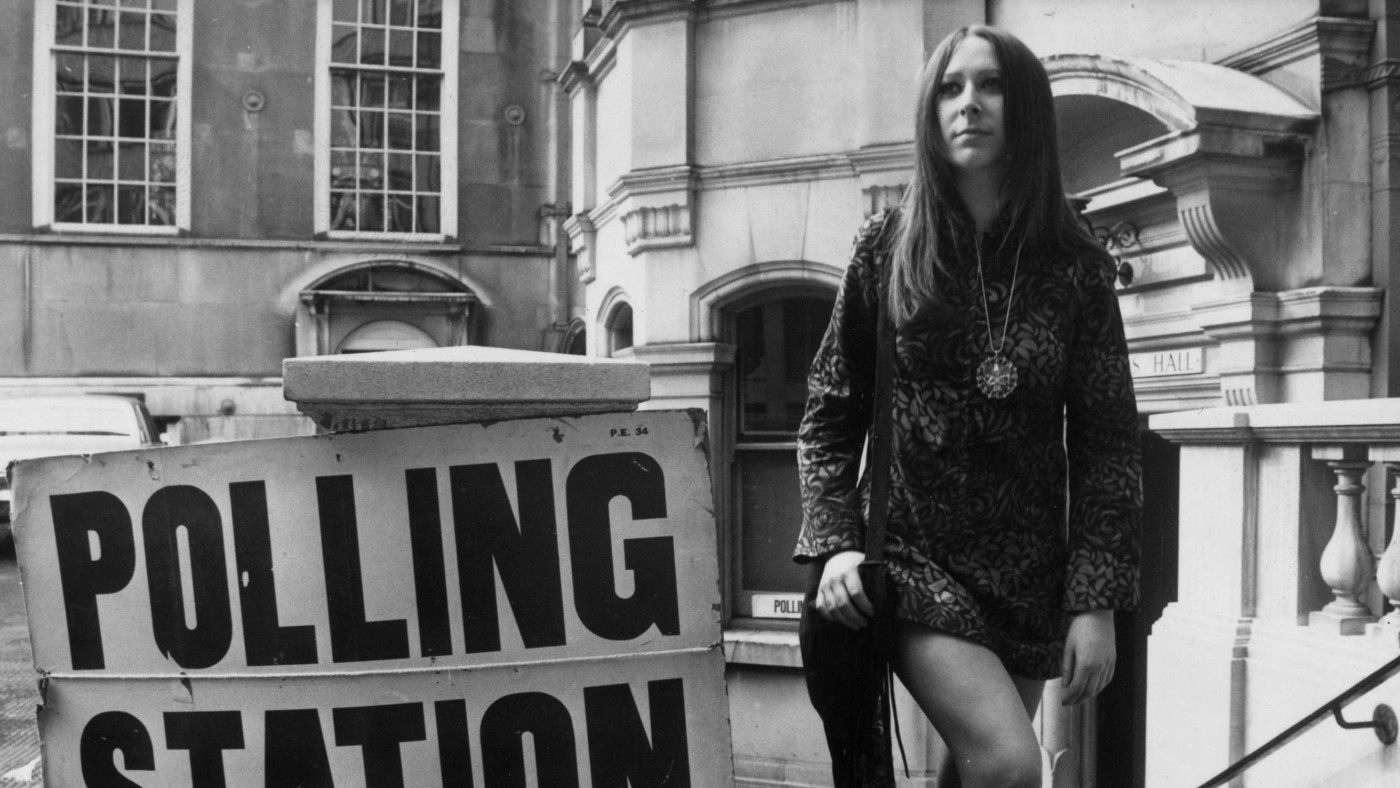British voters cast their votes in a variety of elections on May 5, and under diverse electoral systems, depending on the body being elected and the geographical area of the election.
There are currently five different electoral systems in use for elections in the UK. Councils in England and Wales are elected under plurality rule (first past the post, or FPTP), while in Scotland and Northern Ireland they use a proportional representation system (single transferable vote, or STV). STV is also in use for Northern Ireland Assembly elections.
Scottish parliament, Welsh and London assembly members, on the other hand, are elected under a mixed member system (AMS); while all directly elected mayors in England and Police, plus Crime Commissioners in England and Wales, are voted for under a preferential majoritarian system (supplementary vote, or SV). In addition, a closed list proportional system is used for European Parliament elections, and plurality rule for the Westminster elections.
In the aftermath of almost any election in the UK, there is a debate about whether the electoral systems should be reformed. The mechanics and effects of the various systems are widely discussed and issues such as proportionality, representation and voter preferences dominate the discussion. What, then, are the lessons to be learnt from these elections?
Small party problems
Proportionality does matter. How citizens’ preferences are translated into seats defines whether the people get what they voted for. It’s what makes elections democratic – whether voters are adequately represented and whether they have an impact on the composition of the bodies that govern them.
Plurality rule systems, such as first past the post, are considered far from proportional. Looking, for instance, at the last general election result, the Conservative party won a majority in the House of Commons (51% of the seats) with only a 36.9% share of the vote.
There is also some degree of disproportionality and discrimination against smaller parties in local council elections. The projected national vote share does not reflect the numbers of councils controlled, and councillors elected by each party.
Election results under mixed-member and PR systems produce more proportional outcomes. In the recent Scottish parliament election, the SNP won 42% of the vote and 49% of the seats. The result better reflected the way people voted and secured victory for the SNP while depriving it of overall control in Holyrood.
Still, the Welsh assembly election demonstrated a slightly conflicting picture. Labour won 50% of the assembly seats but only 35% of the vote, whereas UKIP’s surge of the vote to 12.5% returned seven (12%) seats in the assembly.
And, of course, it should be noted that in 2015, despite a similarly strong electoral performance, UKIP was rewarded with only one MP in the House of Commons. This stark contrast confirms the exaggerated differences between vote share and seats won that can be created under plurality rule systems in a multi-party environment.
Beyond UKIP, the UK political arena is home to multiple smaller parties, but FPTP and AMS makes it difficult for them to make significant gains. Nor is there much opportunity for voters to express support for them, such as by numbering preferences on a ballot paper.
Getting by
There is no simple, clear answer to the question of electoral reform. There have always been arguments for a shift to a fairer and more proportional electoral system. Indeed, the introduction of mixed-member and PR systems in the late 1990s was a first step to furthering this argument.
With the mixed member system, smaller party representation at the regional level increased. It put an end to one-party domination in Scotland and Wales and promoted cooperation. At the local level, multi-party activity has led to the election of smaller parties in councils.
So far, this diversification works. It has given people the power to have a say in the election of the individuals who represent them. They also became familiar with more complex electoral rules and mainly more willing to cast their vote for smaller parties.
At the same time, it’s easy to see why the reform debate is revived every time an election takes place in the UK – particularly when the electoral outcome strikingly discriminates against smaller parties.
This article was originally published on The Conversation. Read the original article.


